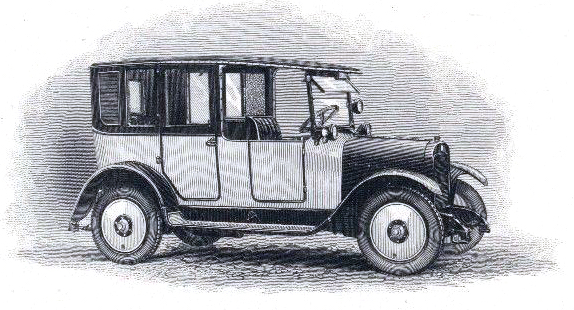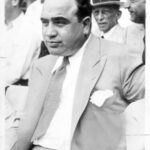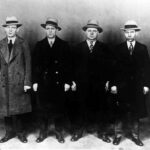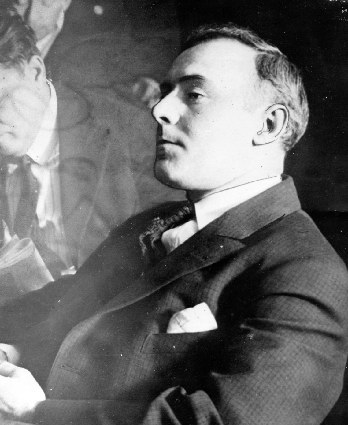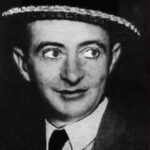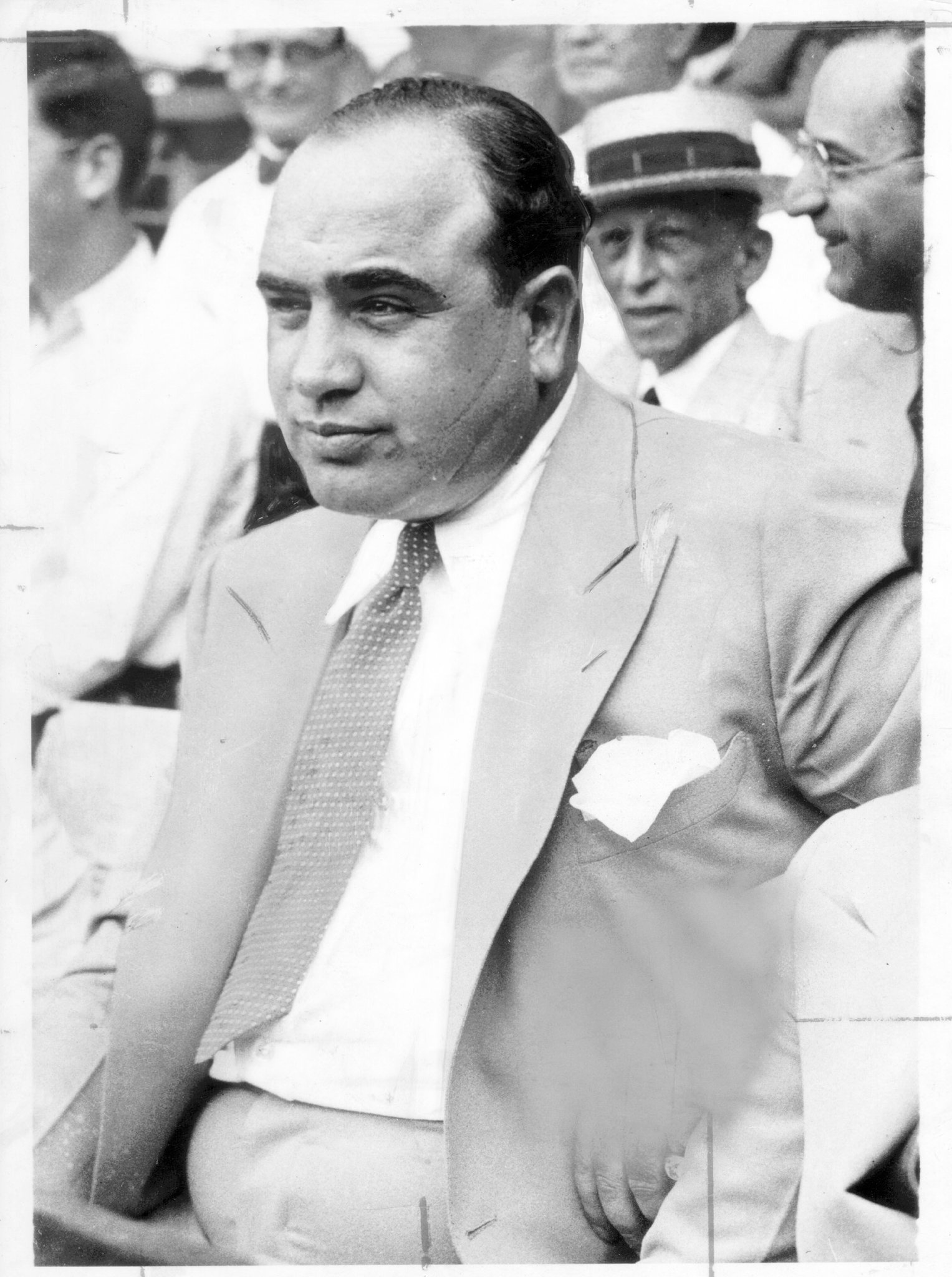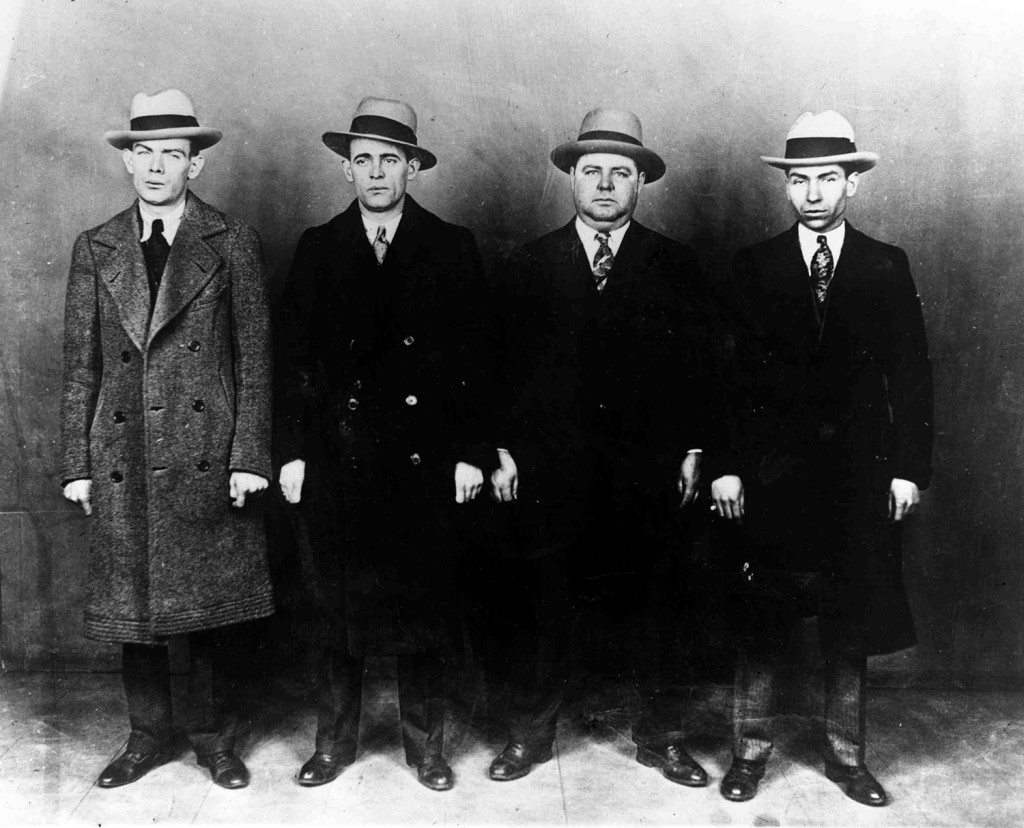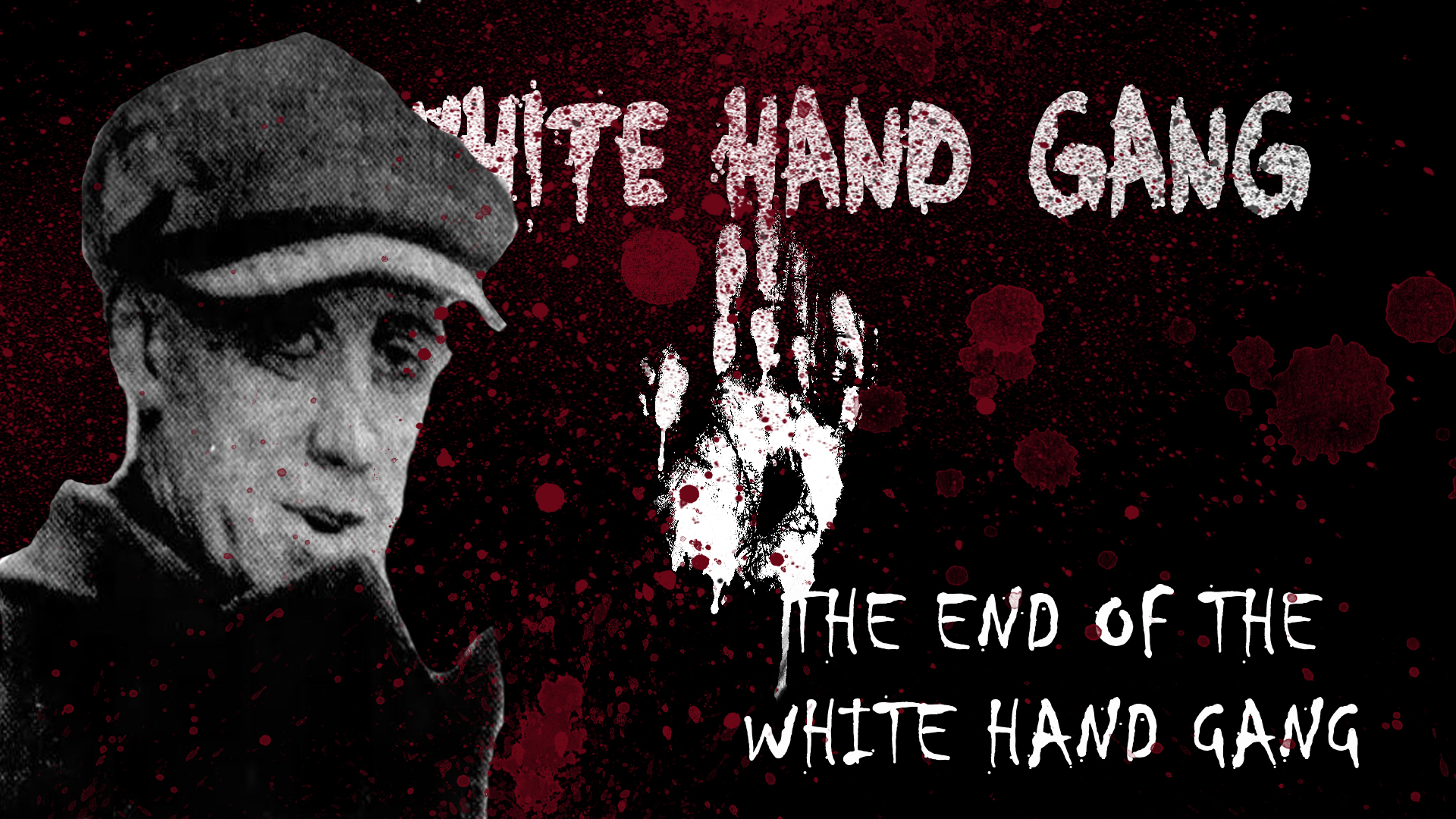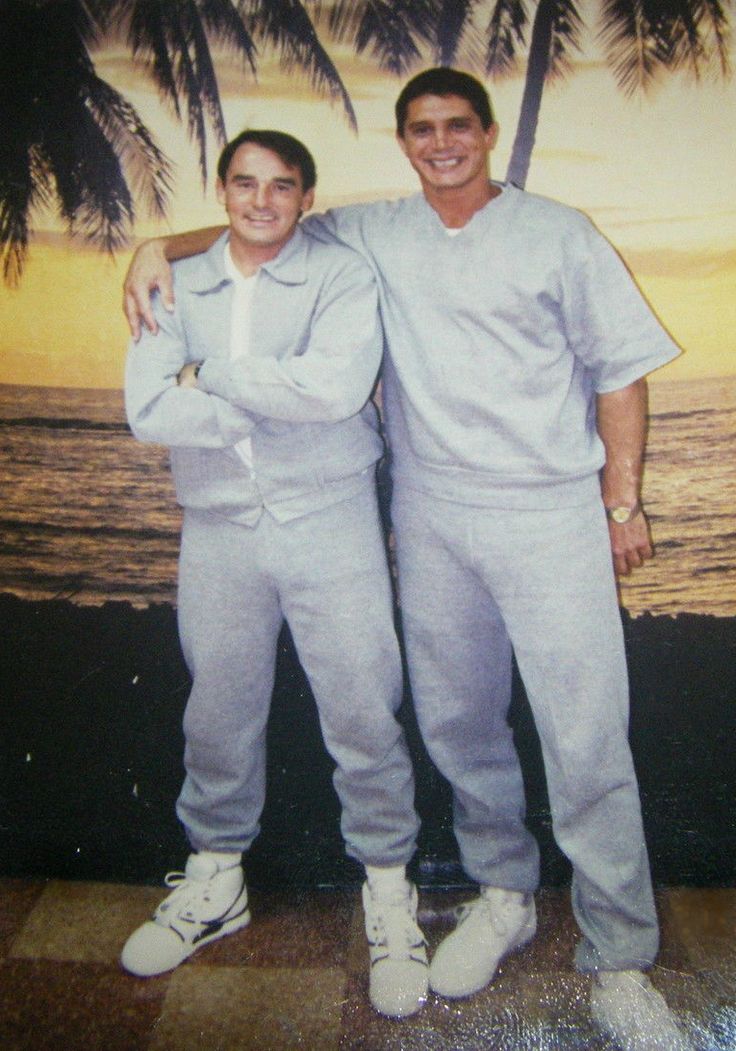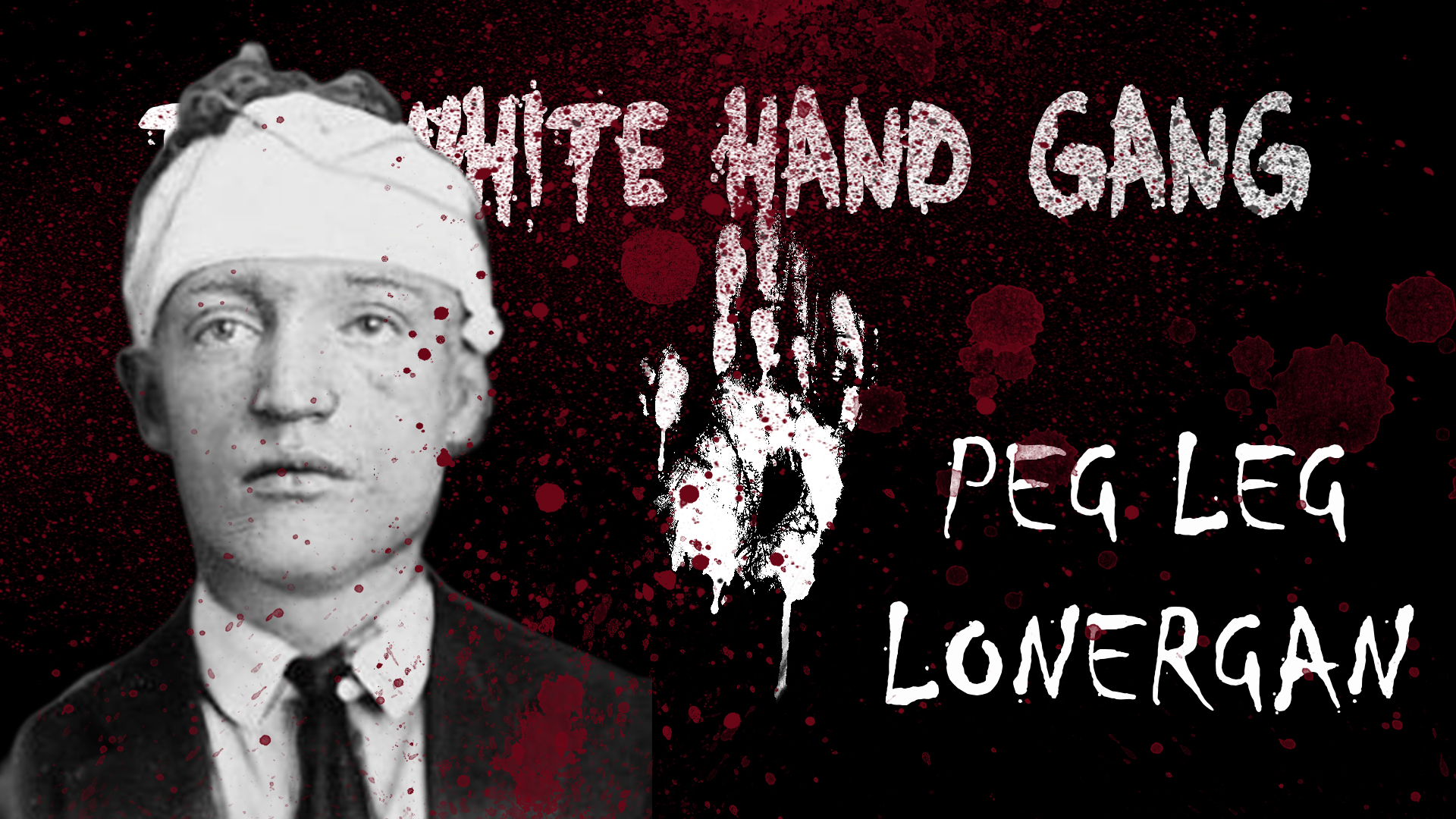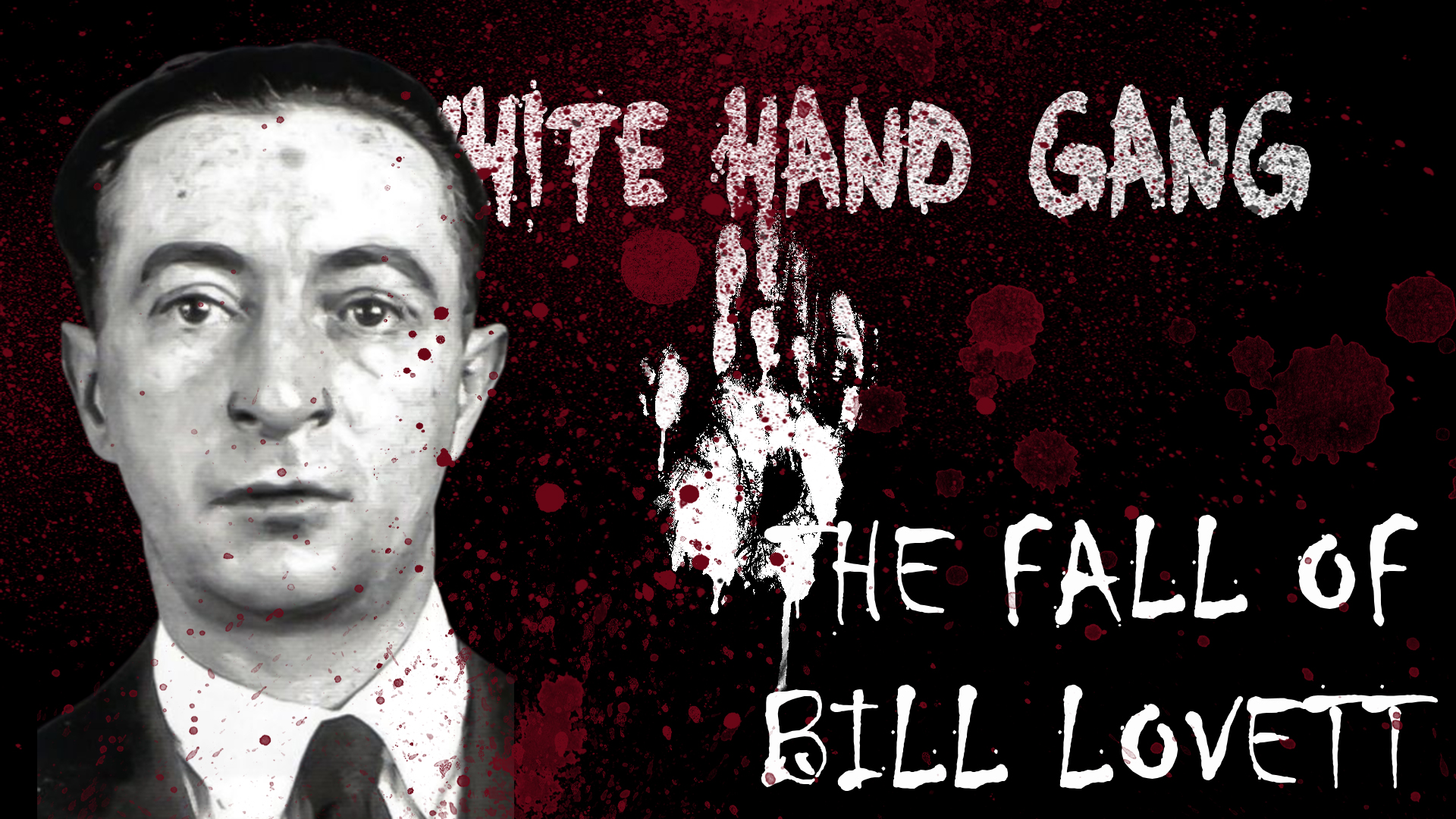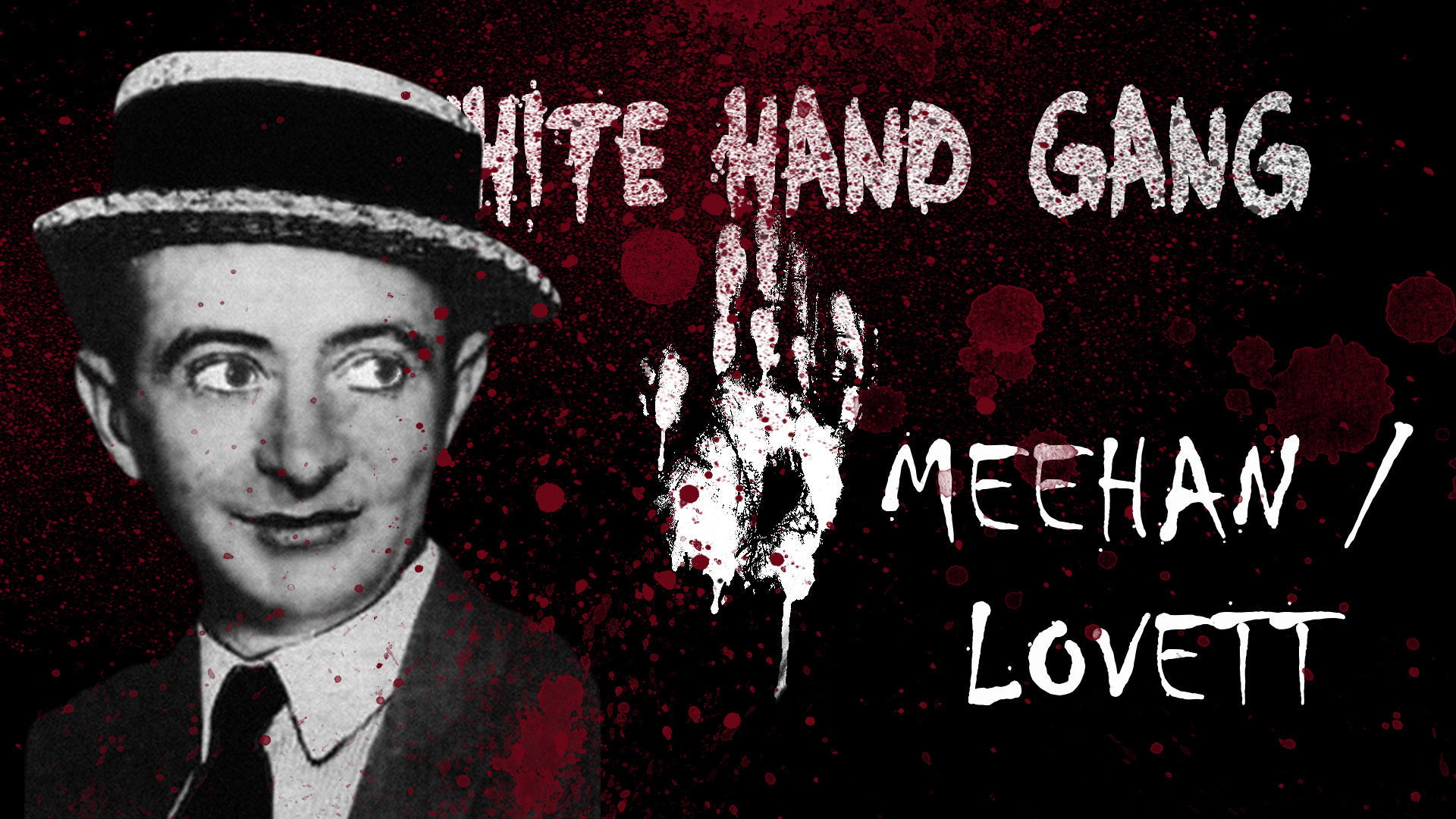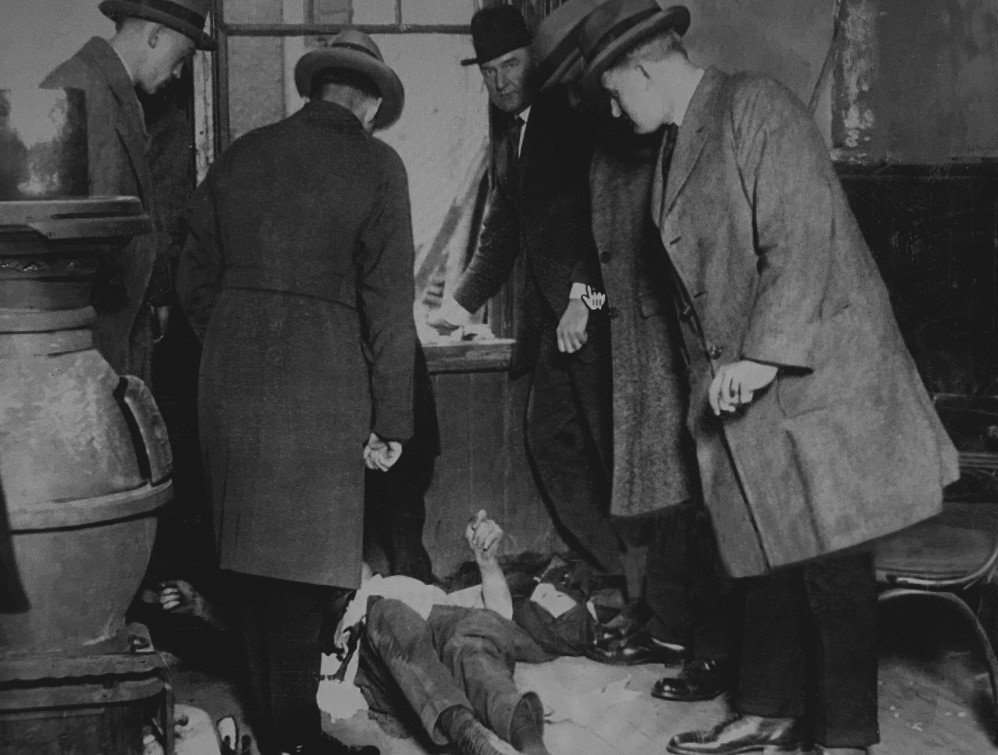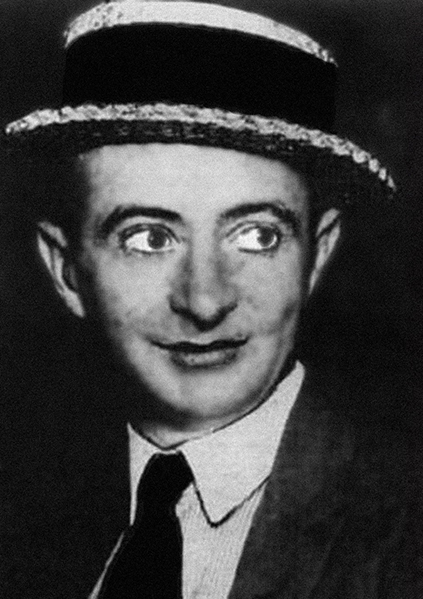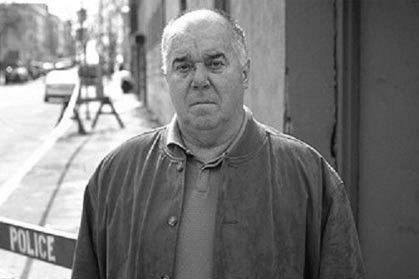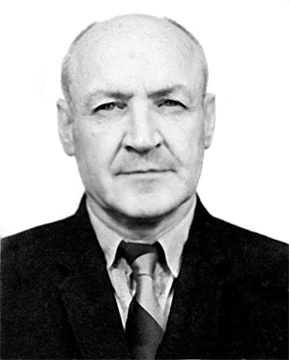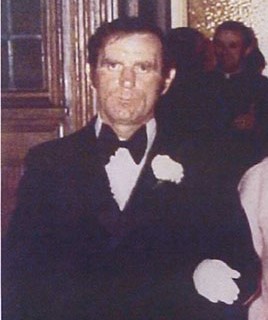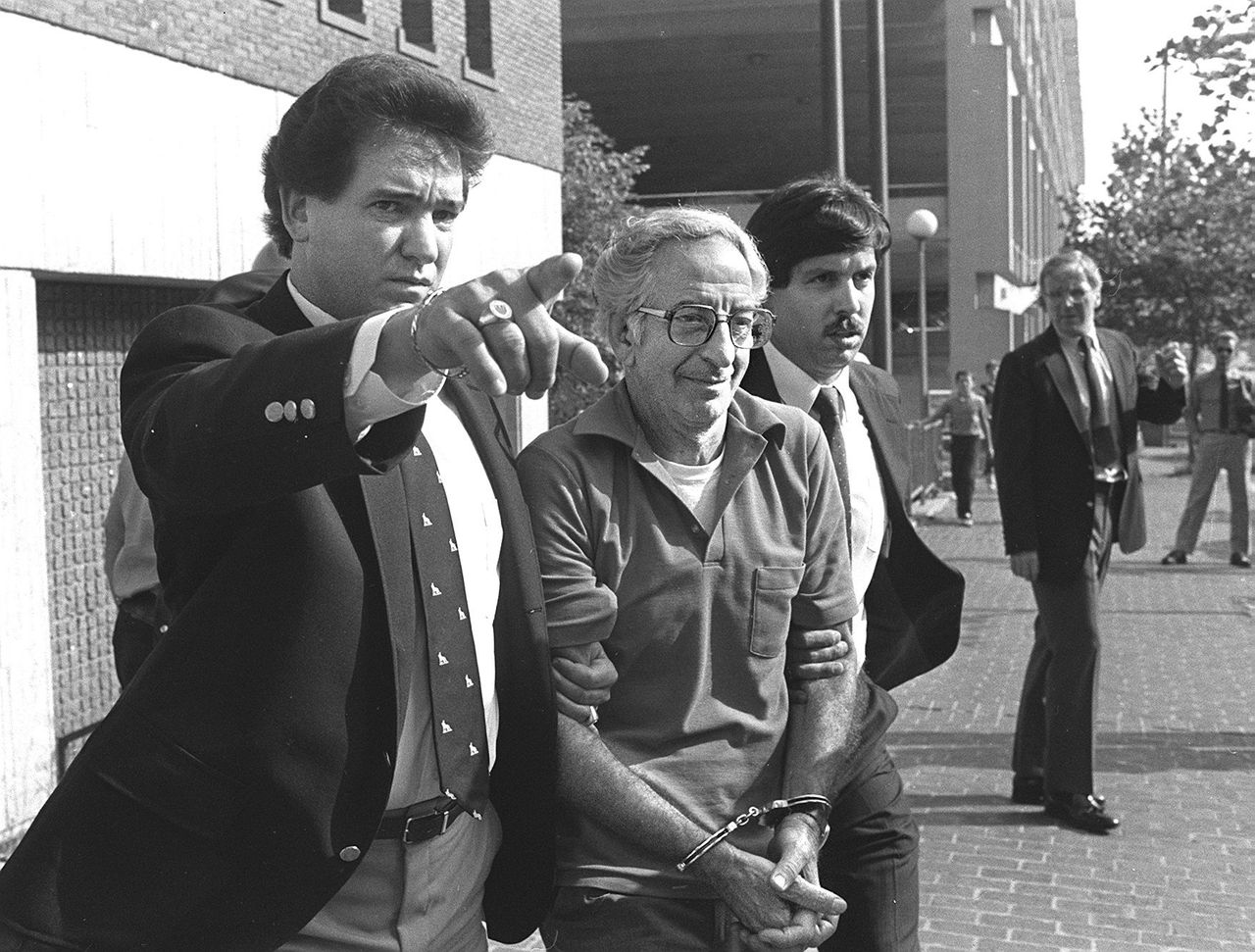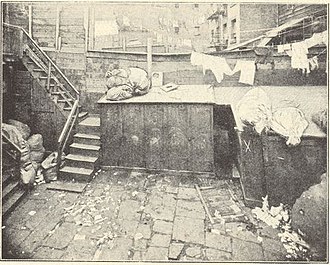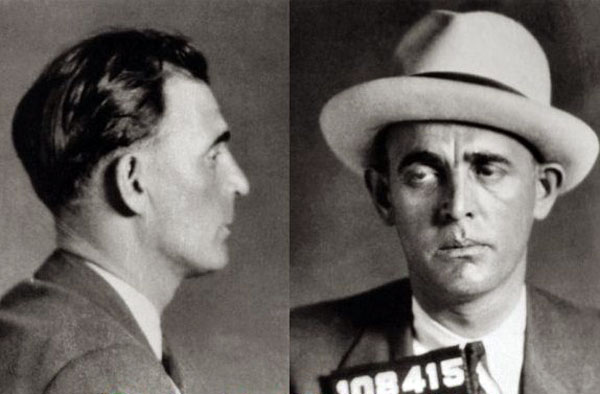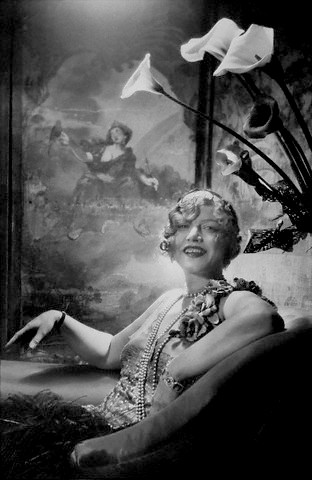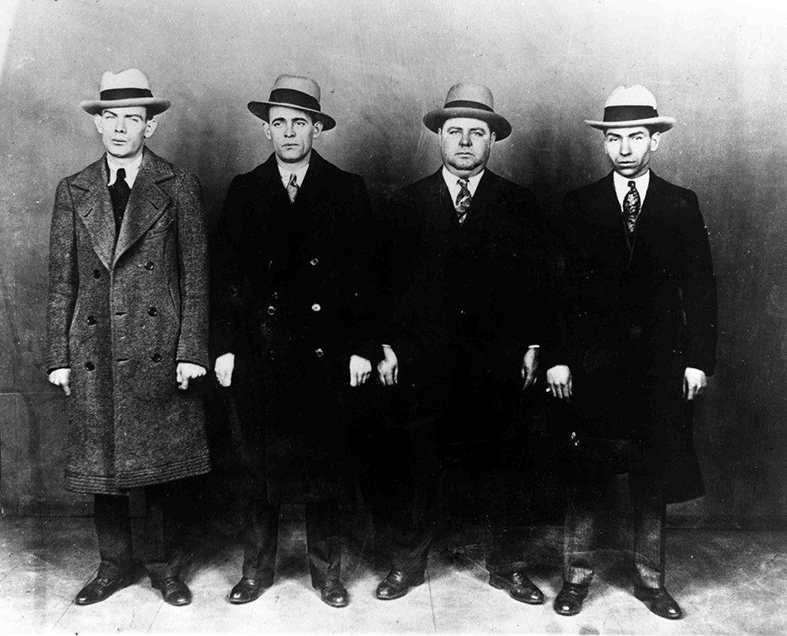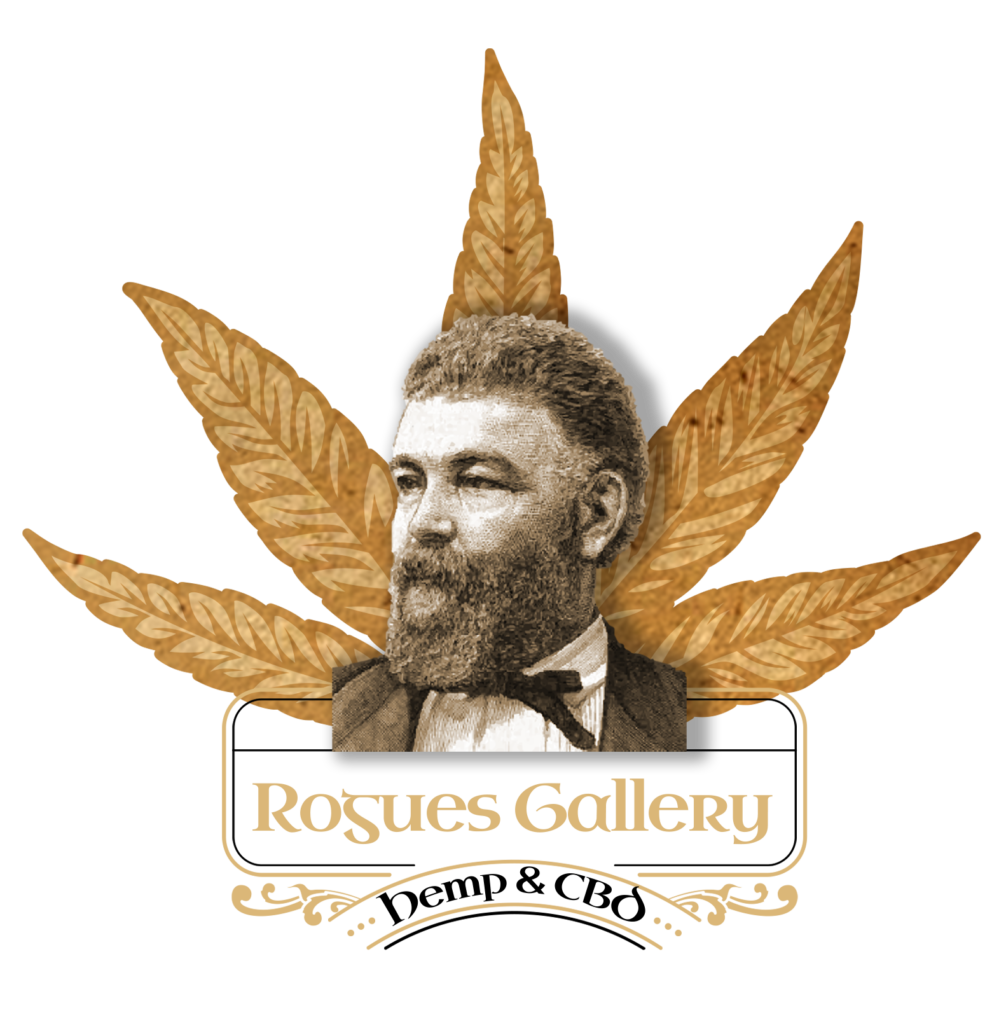After the brutal and bloody battles that took places between rival taxicab companies, Yellow Cabs and Checker Cabs on the streets on Chicago, battles that were reminiscent of tank warfare, shootings, bombings and hand to hand fighting in 1920 & 1921, there was a lull in the violence which exploded again in 1923.
In 1921 the murder of Yellow Cab driver T.A. Skriven became too much, Chicago Aldermen George M. Mapole and Joseph O. Kostner introduced a resolution calling on Chief of Police Charles Fitzmorris to keep both the Yellow and Checker cabs off the streets until such time as they could guarantee to halt the violence. Almost every Checker Cab driver who drove into the First precinct was taken into custody on the charge that they had no cab stand license. However, Checker Cabs seen this as a very one-sided affair, due mainly to Yellow Cabs owner Hertz having political connections to Mayor Thompson.

In 1923 Chicago’s taxicab war started again when four men in a Checker taxi, fired, on J. S. Ringer a superintendent of Yellow Cabs, Ringer was uninjured and the men in the Checker car fled, firing at pursuing policemen as they went. This outbreak of violence coincided with the drivers trying to unionize. Efforts to unionize taxi drivers had been going on for more than ten years with limited success. Organized criminals violently worked to gain control of the unions. One of those involved with the unions was Daniel “Danny” Stanton. Danny Stanton had been a WW1 veteran, who had come back to the US in 1919, he had spent a brief time in New York before going back to Chicago where he became known as a tough street fighter. Danny became a union slugger and participated in the taxicab wars.
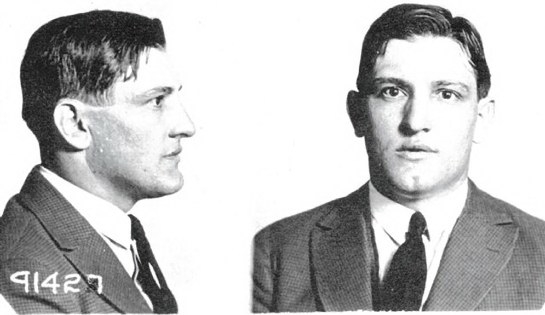
Danny Stanton Mugshot
Originally the taxicab war started as a two-way struggle between Yellow Cabs and Checker Cabs, but that was soon complicated by a civil war that erupted inside the Checker Cab company. Yellow Cabs was a nonunion shop, but Checker Cabs drivers were union members. Checker drivers of one faction shot it out with Checker drivers loyal to the other side leading to even more rising tensions.
According to the United Press in Chicago, June 7, 1923, another man, Frank Sexton, who was said by police to be connected with a labor union, was shot to death in a pool room on West Division street apparently by two taxicab drivers. Authorities said the murder was apparently the outgrowth of a war between independent and union drivers on “Checker” taxis. About a dozen drivers were arrested for questioning.
In Chicago on June 8, 1923, according to the Associated Press – In the aftermath of the murder of Frank Sexton, there was a bombing at the home of Morris Markin, president of the Checker Taxicab Manufacturing company, his residence was partially wrecked, while Morris Markin and his family were thrown from their beds.
“Two factions of the “Checker” drivers are fighting for control of the manufacture of the taxis which involve a cooperative scheme, according to Markin. Two men arrested for the Sexton shooting also gave police this reason for the “war.“”
Union officials, who had been in control at Checker Cabs, were ousted by company officials in 1924. On the morning of February 8th the non union faction who were in control of the Checker Cabs headquarters received a threatening phonecall, a protective police detail were withdrawn and some time later four masked gunmen arrived at company headquarters. They stood all available drivers and mechanics against a wall in a show of intimidation and given a warning. The following morning a drive by shooting at the headquarters left a driver dead, and another severely wounded.
According to the Chicago Tribune, those wanted in connection with these killings were one Daniel Stanton, David Ostran, James Foley, John Sherbo, James Mogley, and his brother Sidney. The first four, Danny Stanton along with David Ostran, James Foley and John Sherbo were known within the union circles as the four horsemen, terrorized Chicago’s taxicab drivers.
Most taxi cab owners had their own cabs and held stock in the company. Unions wanted all cabs to pay dues into the fund of the international Brotherhood of Teamsters and Chauffeurs and take most control into the Checker cab company. Most Cab drivers, even though the were in the unions themselves, resisted giving over total control of the company over to the unions. There were bombings, sluggings, kidnappings and even murders to try to bring the cabbie owners into line and hand over total control to the union. In the end the unionized taxicab drivers were defeated but it didnt stop there.
In 1925, Hotel La Salle, who had operated its own cabs, were defending its cabstand against Yellow cabbies, it eventually sold its taxis and the cab stand to Diamond Cab, a smaller taxicab company, Diamond Cab inherited the troubles with Yellow Cab. Eventually Diamond Cabs, weakened by the battle, went out of business, the De Luxe Cab Company that succeeded Diamond Cabs also went out of business. That left Yellow Cab to dispute the rights to the cab stand with the Premier Cab Company, formed by the union faction defeated in Checker Cabs internal civil war.
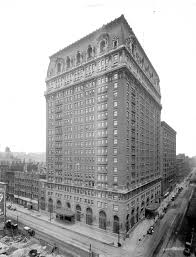
But the battle’s between companies raged throughout Chicago. The burning of the taxicab on the northwest side was followed by a wild west display of revolvers, witnesses told police.
Three Premier cabs, carrying four and five men each, along with a supply of bricks and gasoline drove up alongside three Yellow cabs at Robey street and Armitage. At gun point the Yellow cab drivers were held to one side their cabs while the men belonging to Premier Cabs bombarded the Yellow Cabs with bricks. In parting the wrecking crew poured gasoline over one of the partially demolished cabs and set it afire. The police and fire departments were called, but before the arrival of the former the attacking party had fled. The cabs used by the sluggers bore no plates, the police were informed by the Yellow Cab drivers.
As Yellow Cabs opened in other cities, violence broke out with drive by shootings, arson, and other acts of violence becoming common news stories in Detroit, New York City, Racine and Milwaukee.
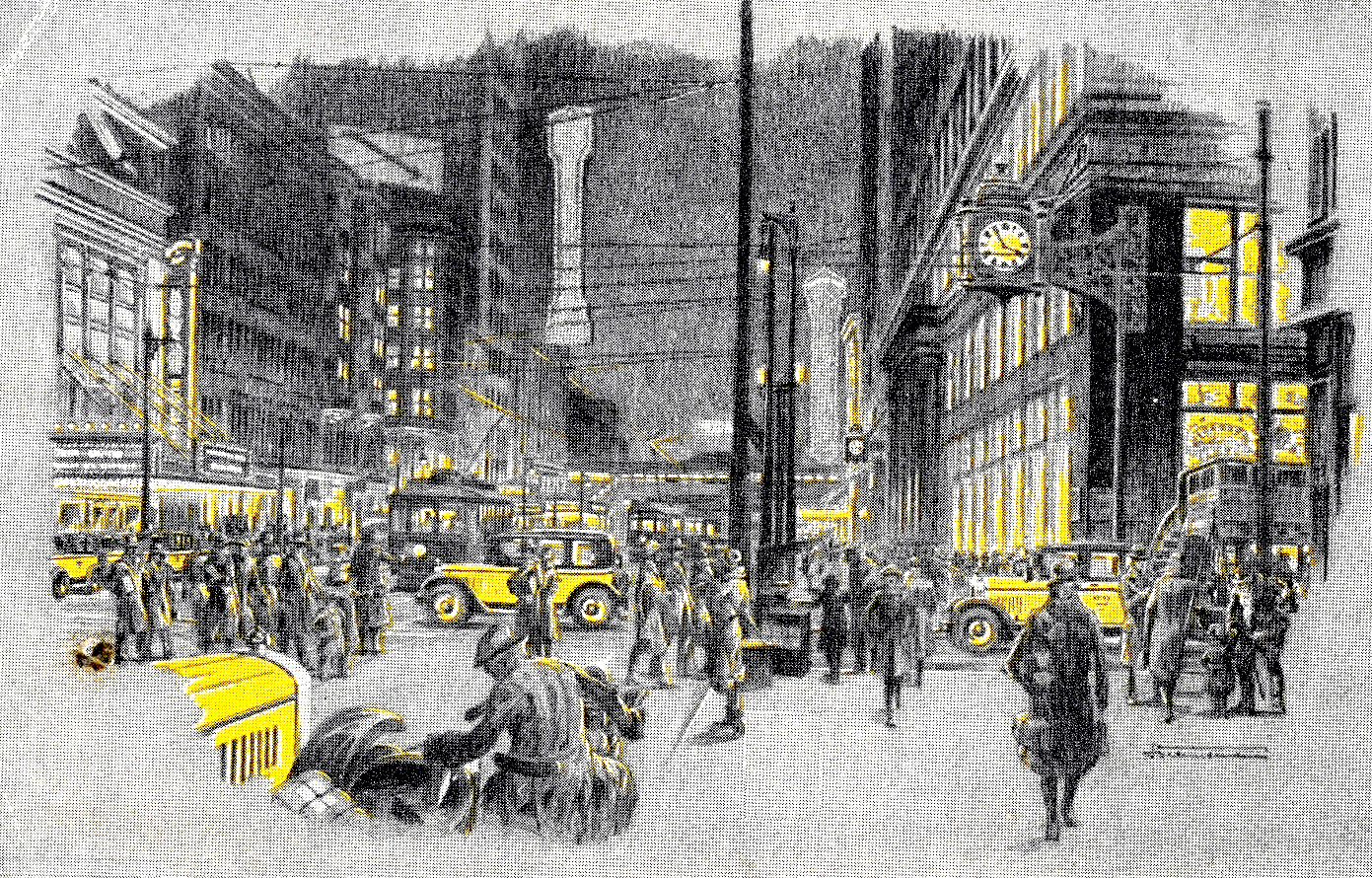
John Hertz remained in control of Yellow Cabs until 1929 when his stables were fire-bombed, leading to the death of 11 of his horses, Hertz sold his stake in the company and went into the car rental business. Morris Markin, the owner of Checker Cabs ended up moving the company to Kalamazoo, Michigan.
The violence continued although not as intense, at least in Chicago
Sources:
https://chicagology.com/notorious-chicago/1920taxiwars/
http://www.connectingthewindycity.com/
http://www.myalcaponemuseum.com/id177.htm
https://jimhinckleysamerica.com/battleground-chicago/
http://bestride.com/news/cars-we-remember-the-battle-between-hertz-and-checker
https://www.chicagotribune.com/news/ct-cab-wars-flashback

